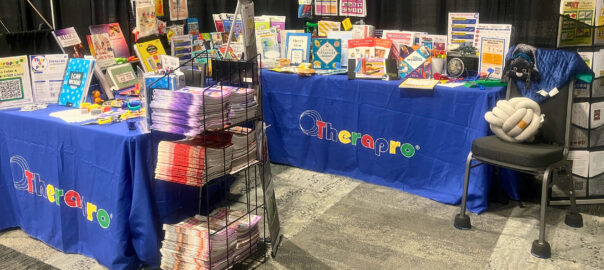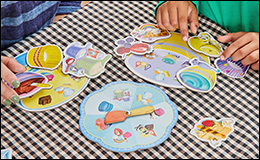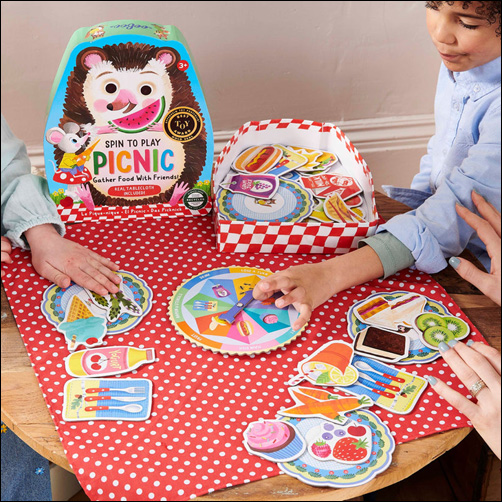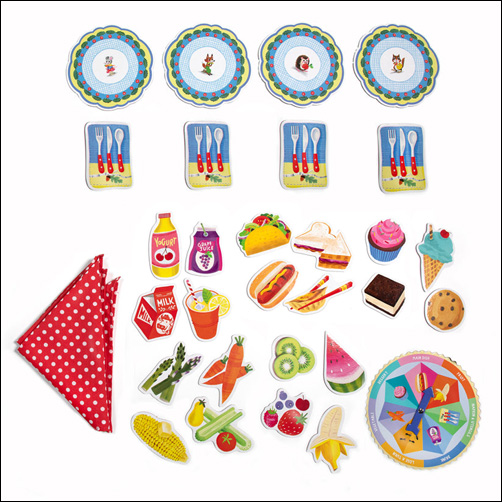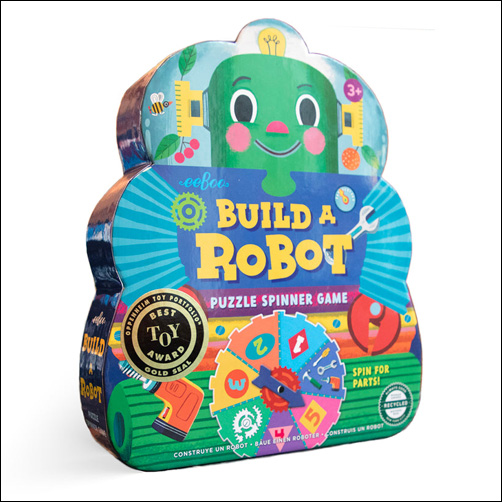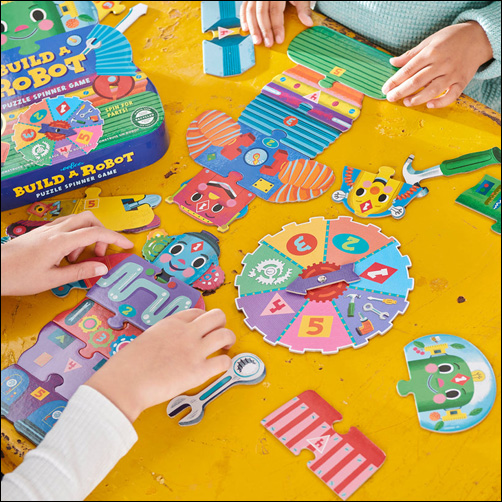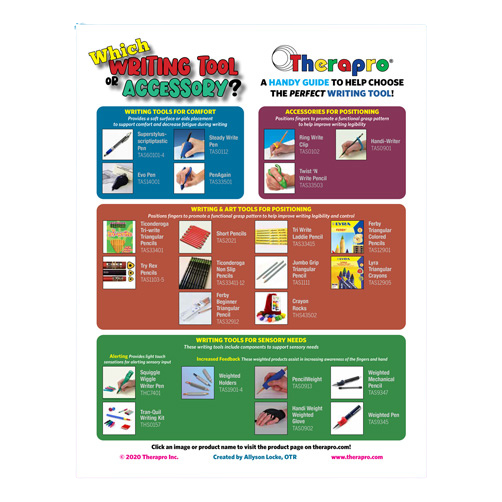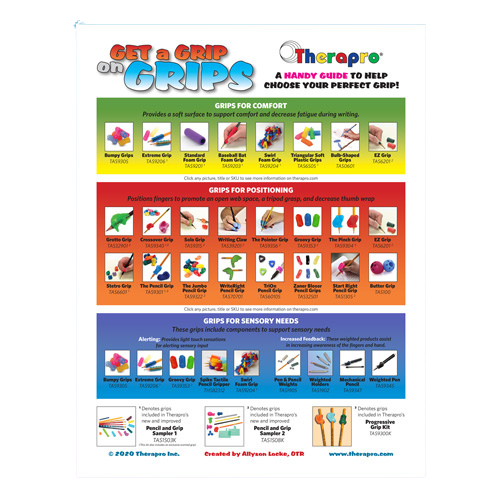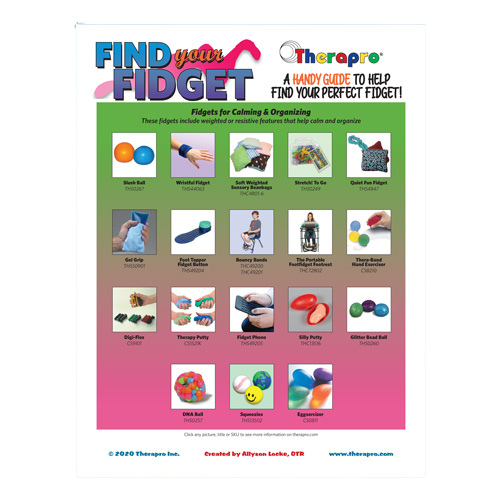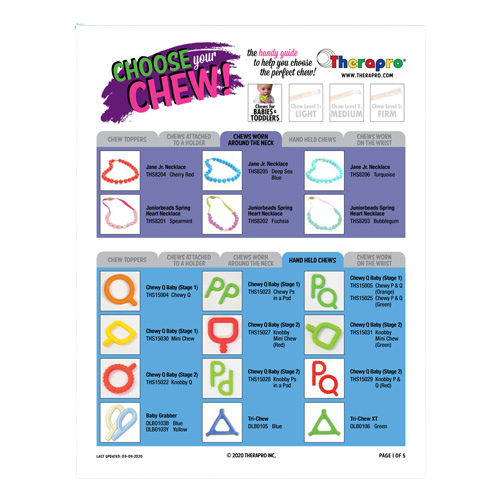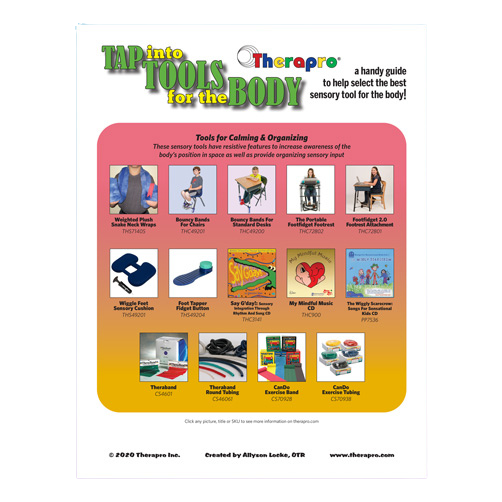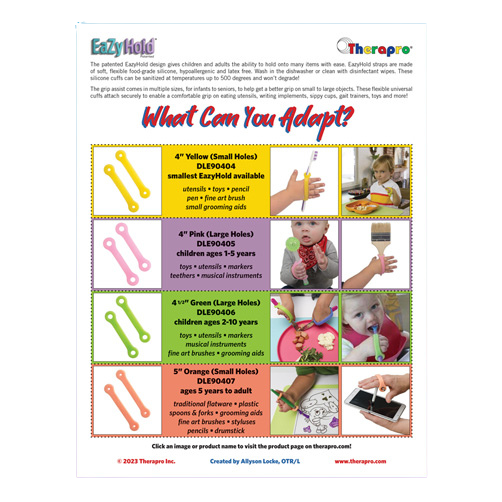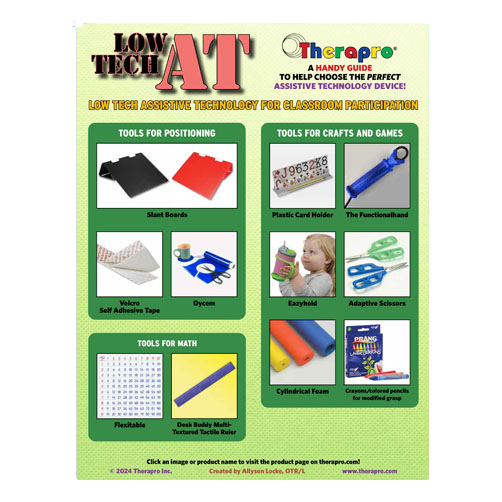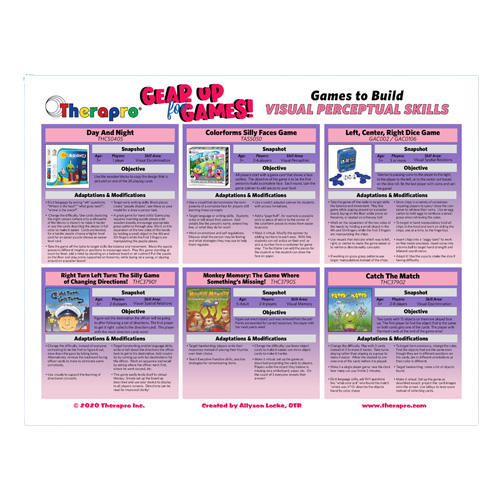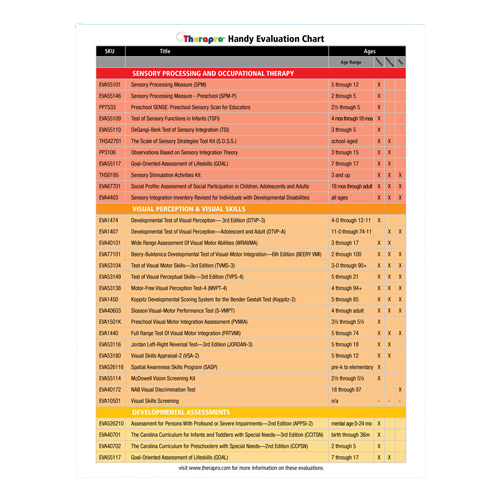The 2024 Canadian Association of Occupational Therapists (CAOT) conference in Halifax, Nova Scotia was an incredible journey for the Therapro team with many highlights to share. Setting out from the Therapro warehouse in Framingham, MA, the Therapro team embarked on a road trip filled with anticipation and excitement. Along the way, they had the opportunity to immerse themselves in the breathtaking scenery of New Brunswick and Nova Scotia, soaking in the beauty of nature surrounding them.
Upon arriving at the conference, the Therapro team was ready to showcase the latest and greatest products to the passionate occupational therapy community. From assistive technology devices to sensory items, the Therapro booth was buzzing with activity as attendees participated in hands-on product demonstrations.
Among the conference favorites were the Functionalhand and Eazyholds, which captivated attendees by showcasing how they could seamlessly collaborate to accomplish fine motor tasks, especially when grip or grasp is limited. Attendees were fascinated by the versatility and effectiveness of these tools in enhancing functional independence.
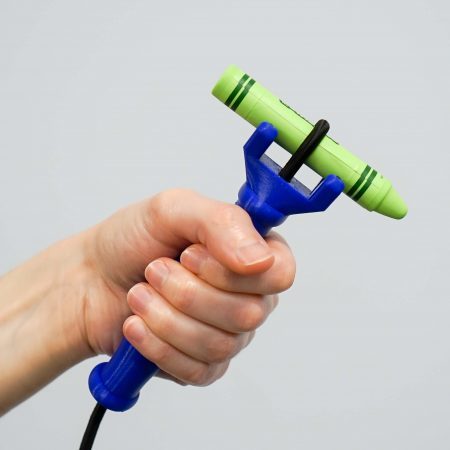
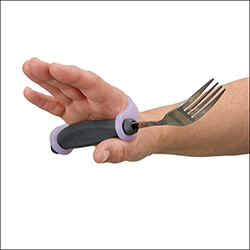
Sensory items also stole the spotlight, with the Wiggle Wobble Chair Feet captivating attendees as they experienced firsthand the benefits of dynamic seating options. Fidgets, weighted items, and resources like the Sensory Connection Program and The Polyvagal Path to Joyful Learning were met with enthusiasm, highlighting the growing importance of sensory interventions in therapy.
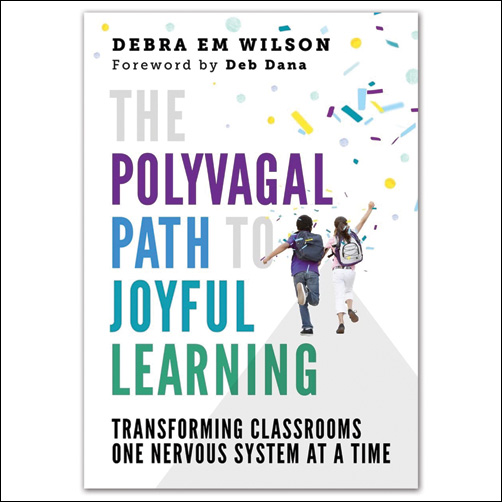
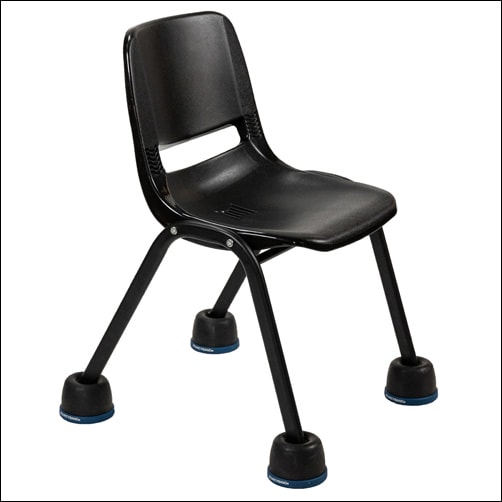
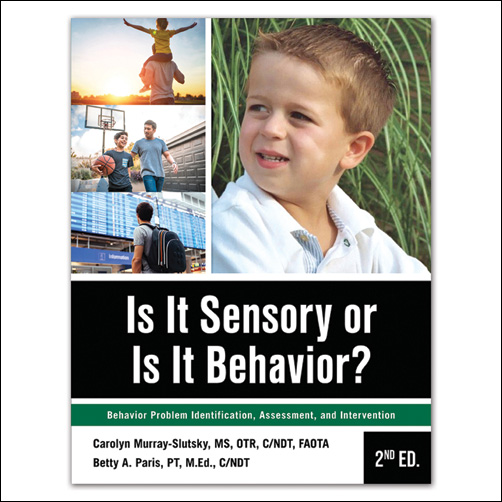
For school-based therapists, Therapro offered a wide array of resources to support fine motor development, including various pencil grips, raised line paper, and slant boards. The Fine Motor Olympics, a collection of engaging activities designed to promote fine motor skills, garnered significant interest and excitement among attendees.
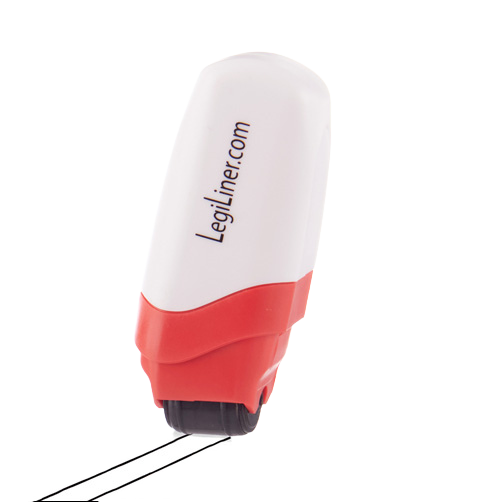
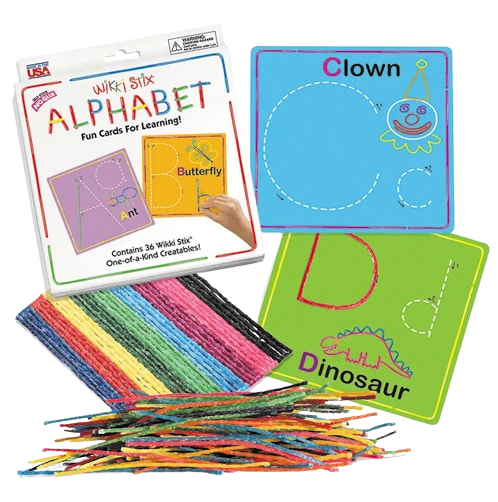
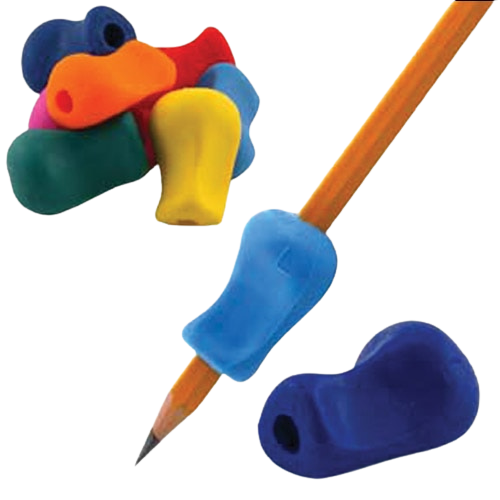
Evaluations such as Here’s How I Write and the COMPs provided valuable insights into assessment tools that can inform intervention strategies and promote optimal outcomes for clients.
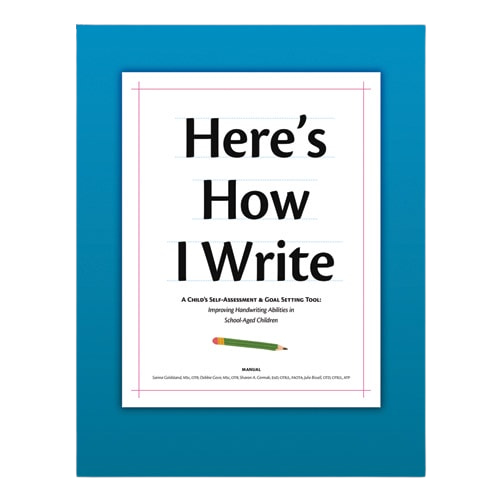
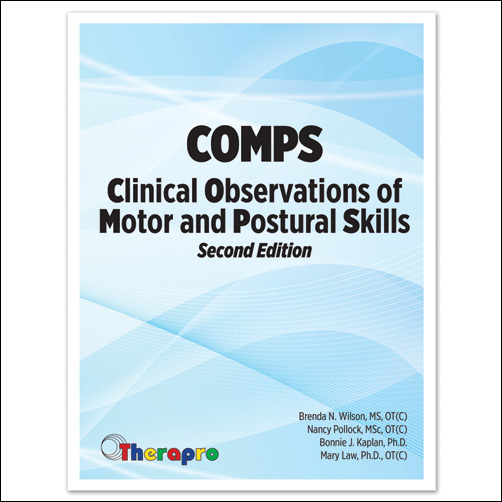
The CAOT conference was a whirlwind of learning, networking, and inspiration. Interacting with dedicated therapists made it a truly rewarding experience for the Therapro team. We’re thrilled to continue supporting the OT community.

